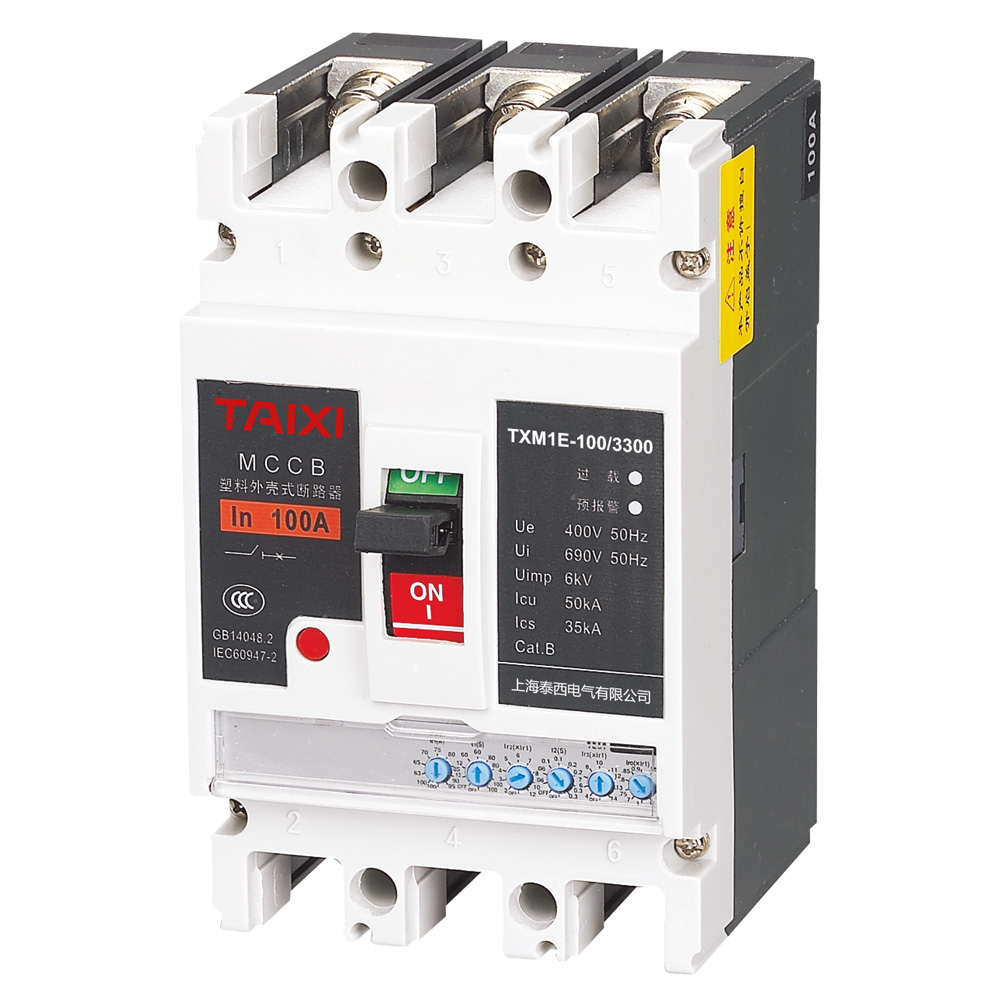Low Voltage Circuit Breakers (LVCB), also known as automatic air circuit breaker, can be used to turn on and break load circuits, or to control motors that do not start frequently. It is an important protective device in low-voltage distribution network. Its function is equivalent to the sum of some or all functions of switch, over-current relay, Voltage-loss relay, thermal relay and leakage protector.
Especially with the development and application of digitalization process of power system control mode and the wide application of integrated automation of power system, the requirements of system visualization, automation, networking, real-time and accuracy are getting higher and higher. Accordingly, higher requirements are put forward for low voltage circuit breakers with wide application area, complex network structure, frequent operation and high failure rate. Traditional circuit breakers are not able to meet the needs of modern power system integrated automation. The application of intelligent technology is an important development and application direction of low voltage circuit breakers.
Low voltage circuit breaker has many protection functions (overload, short circuit, under-voltage protection, etc.), adjustable action value, high interruption ability, easy operation, safety and other advantages, so it is widely used at present.
The application core of intelligent technology in intelligent circuit breaker is a multi-functional tripper which integrates protection, measurement and monitoring. It is mainly composed of microprocessor unit, signal detection and acquisition unit, switch input unit, display and keyboard unit, executive output unit, communication interface and power supply.
Generally speaking, the main contact is operated manually or electrically. After the main contact is closed, the free release mechanism locks the main contact at the closing position. The coil of the overcurrent release and the thermal element of the thermal release are in series with the main circuit, and the coil and the power supply of the undervoltage release are in parallel. When the circuit is short-circuited or seriously overloaded, the armature of the over-current tripper is sucked, which makes the free tripping mechanism act and the main contact disconnects the main circuit. When the circuit is overloaded, the heat element of the thermal release makes the bimetal sheet bend and pushes the free release mechanism to move. When the circuit is under-voltage, the armature of under-voltage release device is released. It also makes the free release mechanism move. Excitation tripper is used as long-distance control. In normal operation, its coil is power off. When distance control is needed, the starting button is pressed to make the coil electrified. The armature drives the free tripping mechanism to move and the main contact is disconnected.




